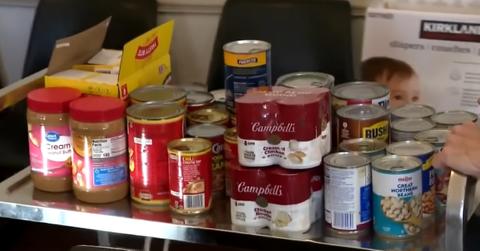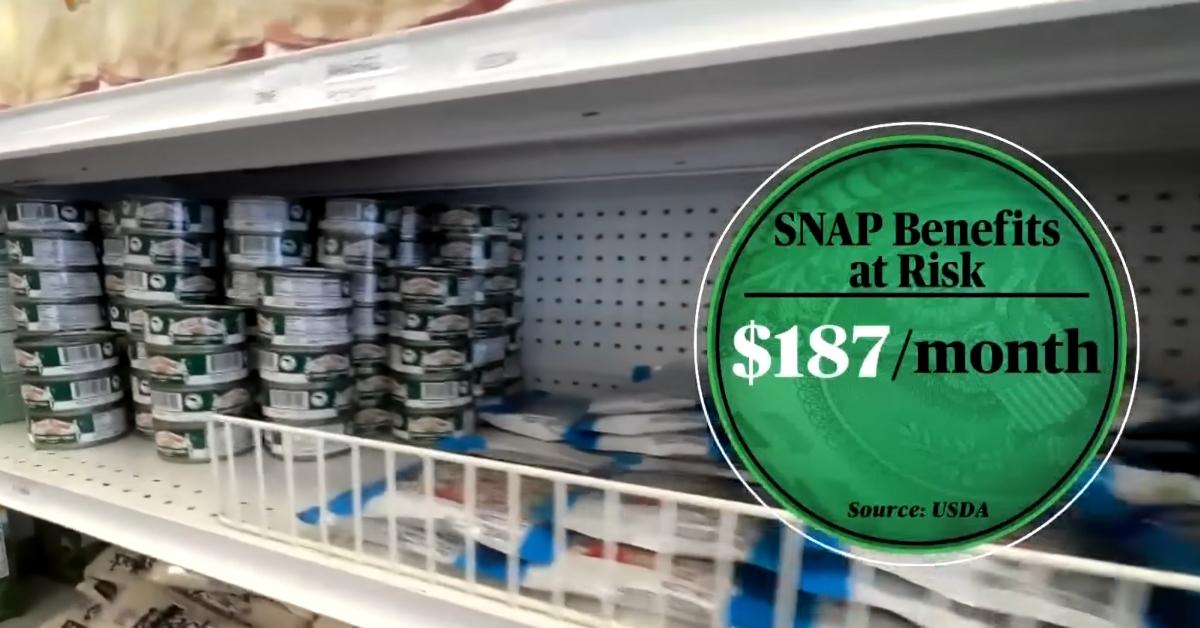Is SNAP the Same as Food Stamps? Let's Take a Look at the History of This Food Assistance Program
"There is no safety net after SNAP other than the food shelf."
Published Oct. 28 2025, 1:17 p.m. ET
A 2025 government shutdown is putting millions at risk of losing their SNAP benefits. According to a notice on the U.S. Department of Agriculture's website, as of October 2025, there have been 12 votes to reopen the government, but the needle has yet to move.
When the Federal Government officially shut down at 12:01 a.m. on Oct. 1, 2025, the White House wasted no time in pushing the narrative that it was all the Democrats' fault. An outgoing message on the White House's comment line blamed the Democrats. The message on the USDA's website does the same and references SNAP benefits ending Nov. 1. Is SNAP the same as food stamps? Here's what we know.
SNAP is the same as food stamps.
The Food Stamp Program (FSP) was first floated by Secretary of Agriculture Henry Wallace and the program's first Administrator, Milo Perkins, in 1939, per the USDA. People were able to buy orange food stamps, and for every dollar sold, 50 cents worth of blue stamps were received. Approximately 20 million people were reached in nearly half the counties in the United States over the next four years.
In June 2008, the 110th Congress passed the Food, Conservation, and Energy Act which officially amended the Food Stamp Act of 1977 to the Food and Nutrition Act of 2008. The food stamp program became known as the supplemental nutrition assistance program or SNAP.
What do SNAP benefits cover?
Come Nov. 1, CBS News reported that roughly 42 million Americans will not receive their SNAP benefits due to the Federal Government shutdown. About $8 billion is allocated to SNAP benefits, which are used for food assistance. Households get about $187 a month on a prepaid card to use for groceries. Apart from the unused benefits that will roll over into November, no assistance will occur.
Those who receive SNAP benefits can use them for:
- Fruits and vegetables;
- Meat, poultry, and fish;
- Dairy products;
- Breads and cereals;
- Other foods such as snack foods and non-alcoholic beverages
- Seeds and plants, which produce food for the household to eat.
They cannot be used to purchase alcohol, cigarettes, marijuana, live animals, hot foods at the point of sale, or any nonfood items.
People looking for help have turned to resources like food banks or churches. Unfortunately, this isn't necessarily a good solution. John Sayles, CEO of Vermont Foodbank in Barre, Vermont, told CBS News that, "The charitable food system and food banks don't have the resources to replace all those food dollars." He added, "There is no safety net after SNAP other than the food shelf."

